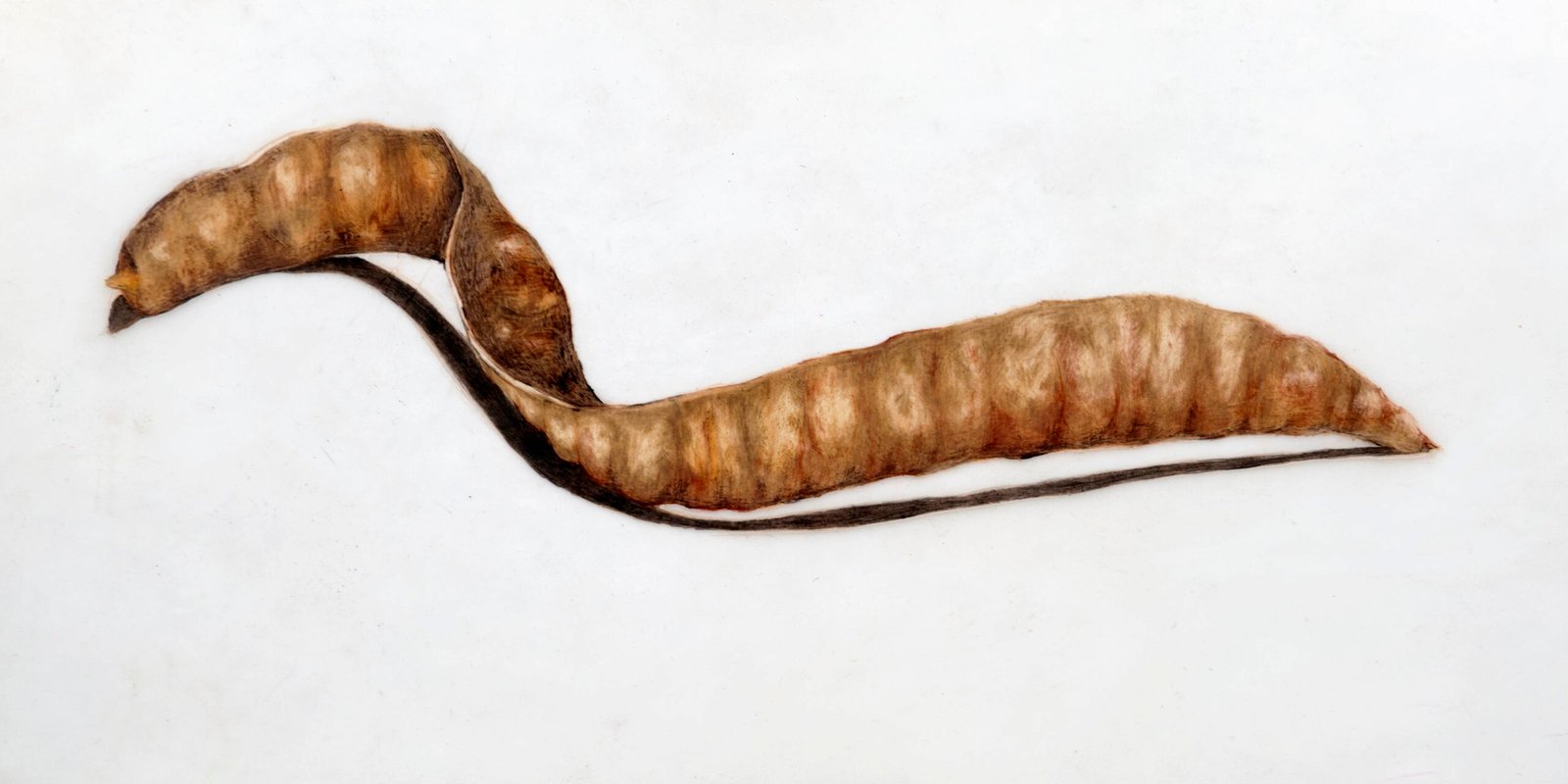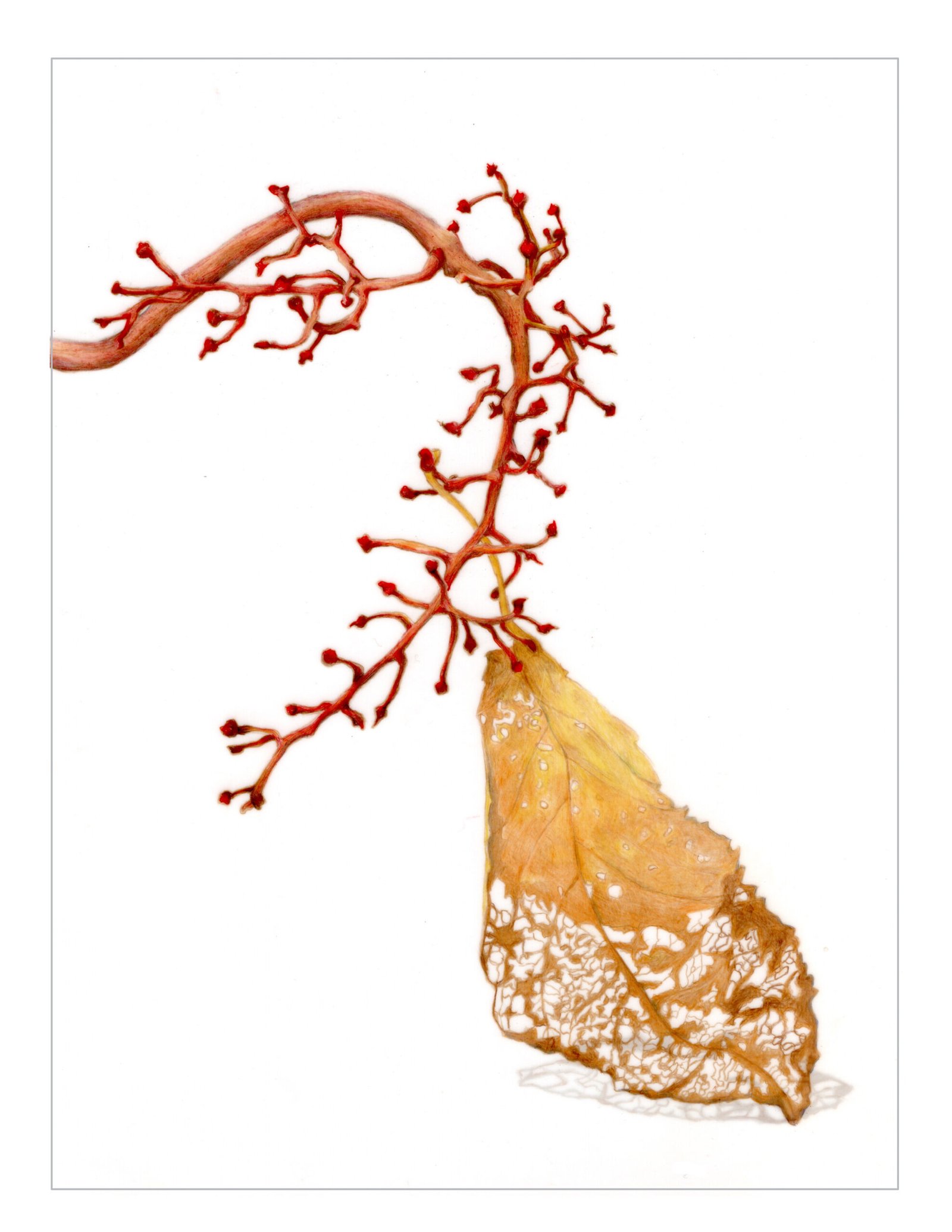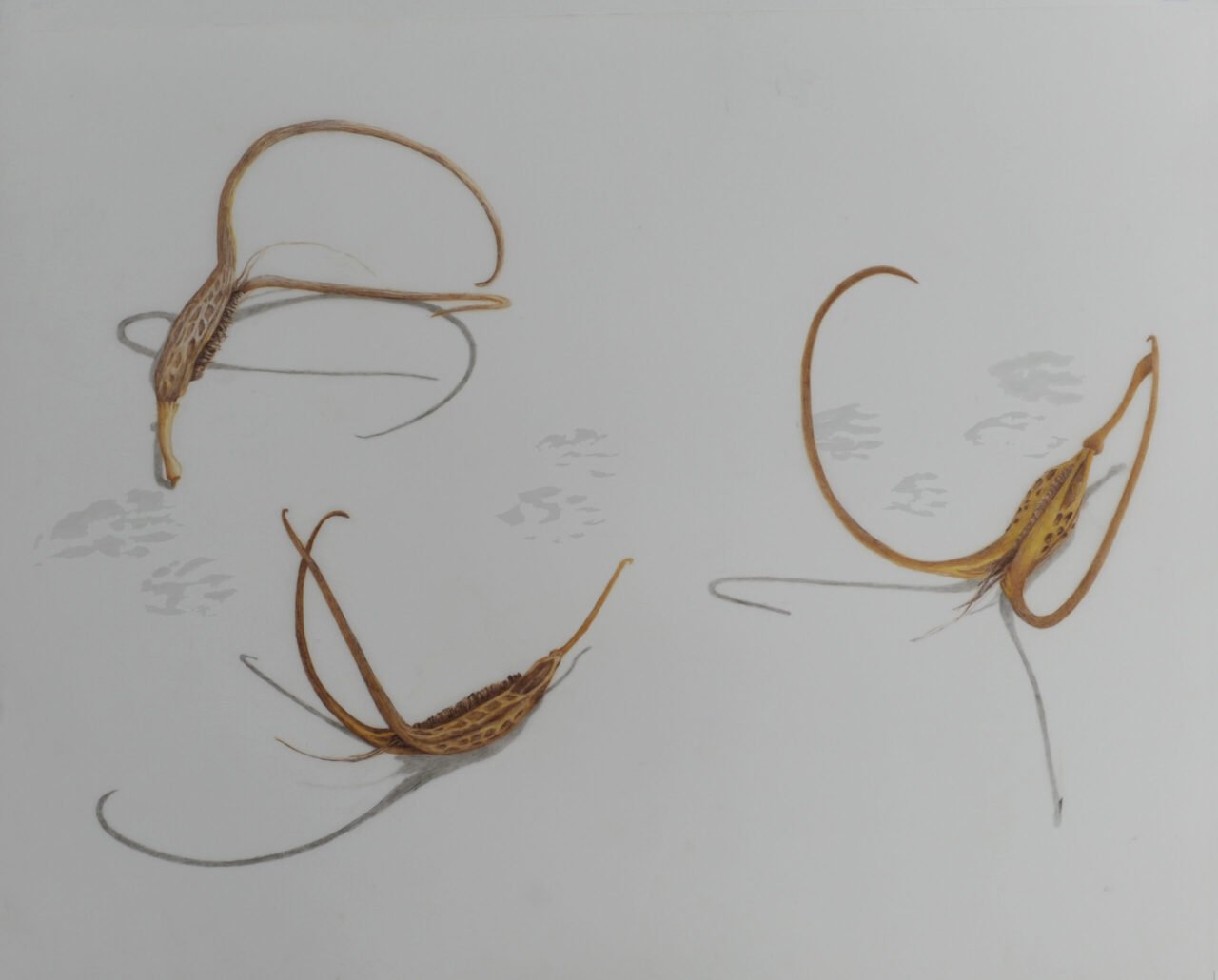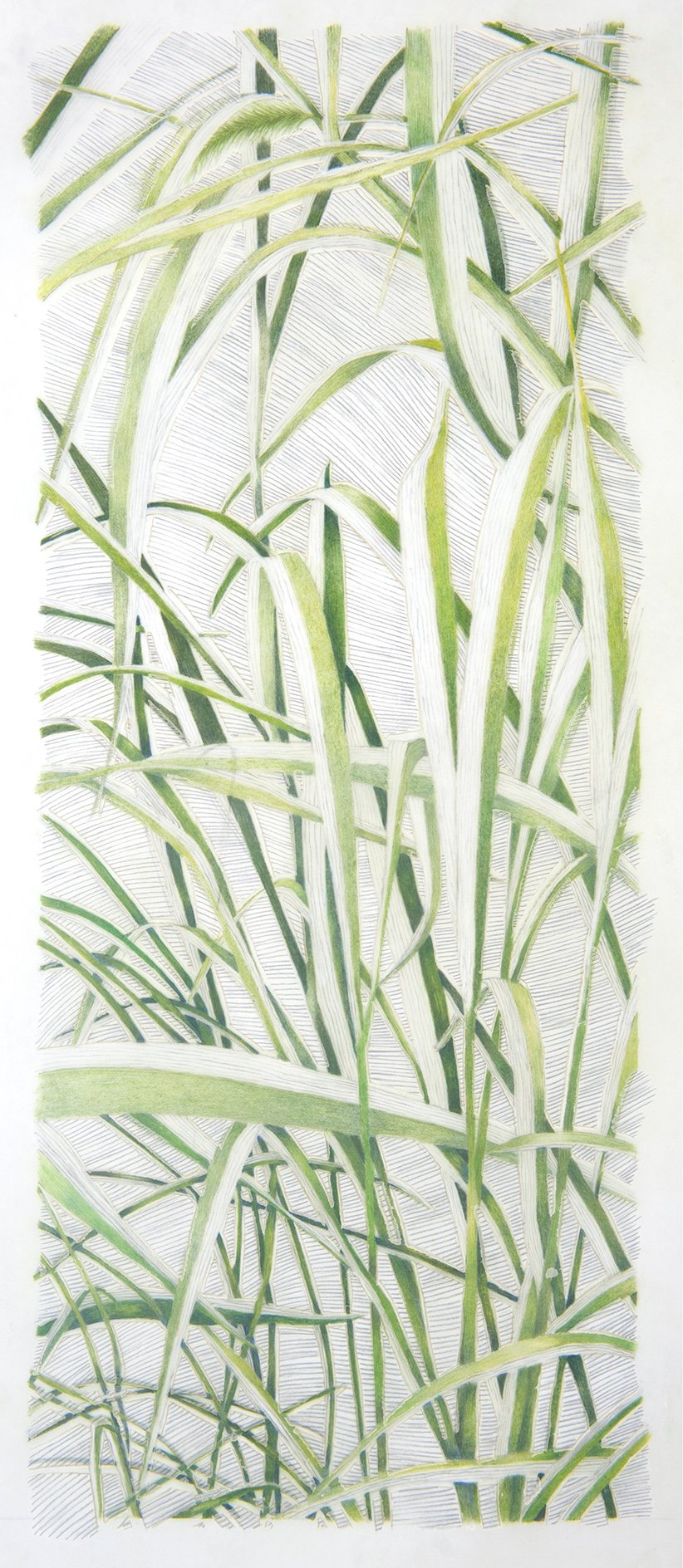Honey locusts (Gleditsia triacanthos) are mid-sized trees that develop rapidly. Although North America is their homeland, they’re also seen in other parts of the world, including Australia. The pods fall in the autumn. They rely on a variety of animals to open their pods, as they don’t open their own. Many wild animals feed on honey locust pods. At the same time, they’re also common food staples for various kinds of farm animals. Animals dine on the pods and seeds, then in turn distribute the seeds.
Transportation is a part of seed propagation. Environments are a factor as well, but trees aren’t going to reproduce successfully for long if the seeds aren’t able to spread beyond the location of the initial tree. Some have wings while others make use of animal fur and feathers, the tides of rivers, a hitchhikers shoes and socks, to name a few.
Some would say it’s just chance that pods are produced that require an animal’s digestive system for propagation. Some would say it’s just chance that some seeds developed wings to facilitate moving. However, might there be a type of non-local connection between plants and the environment that enable the plant to develop whatever it is within it to make the most use of the environment and objects or forces within it?
If we stop expecting to find “intelligence” or “consciousness” only in forms that are similar to humans, (meaning it has to have a brain like ours) then we can acquire a much broader understanding of nature and our place in it.





